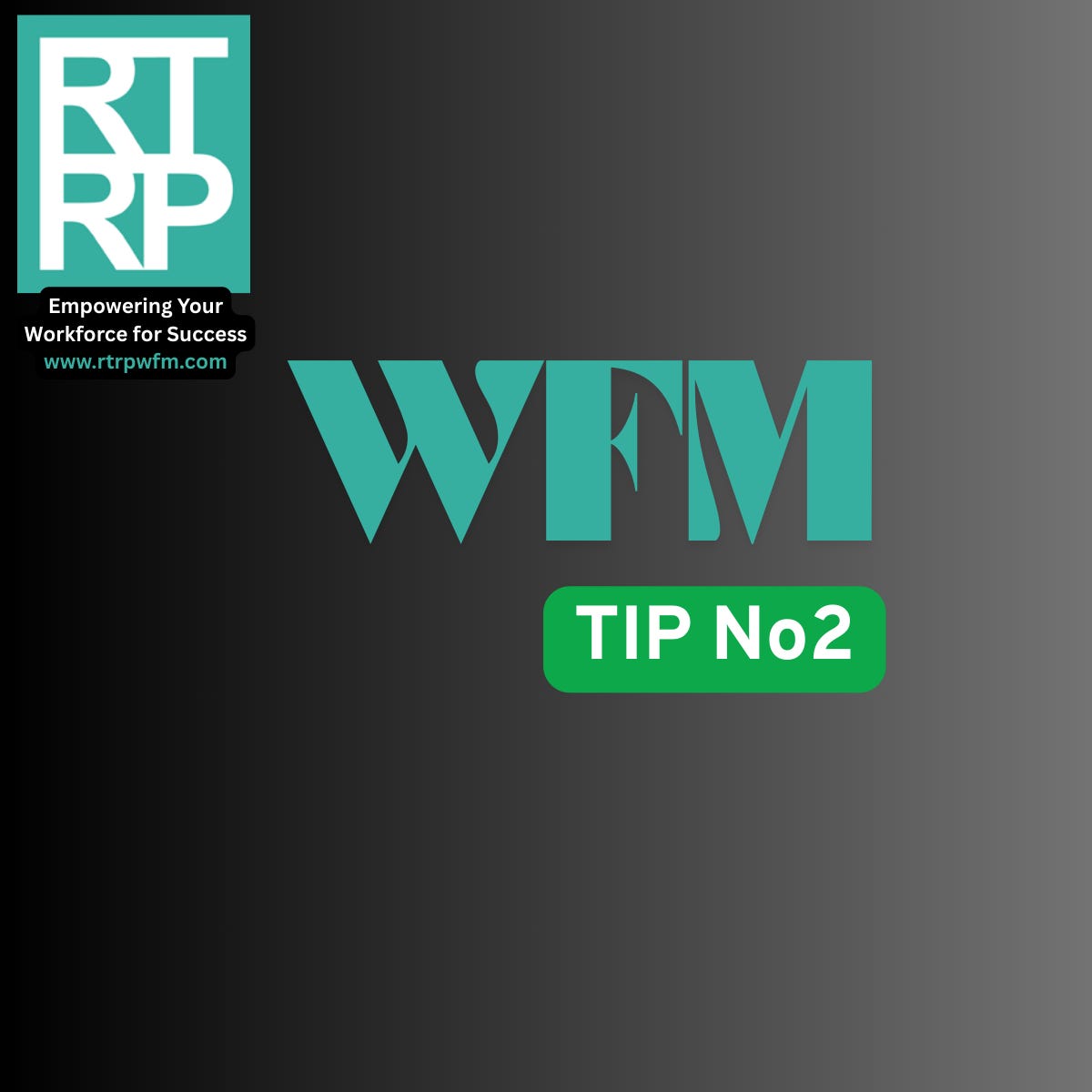Back in 2022, I wrote 100 WFM tips for Call Centre Helper Magazine: https://www.callcentrehelper.com/tag/doug-casterton. Over the coming weeks, I intend to expand on each of these tips with further thoughts.
I've always believed that "the best forecast is still a guess, but an educated guess beats shooting in the dark." Throughout my years in WFM, I've discovered that the granularity of your forecasting interval can make a world of difference to your operation's efficiency.
Let me share a critical WFM insight: forecast down to the smallest minute interval that reasonable accuracy allows. Where possible, aim for 15-minute intervals rather than 30 or 60.
Why does this matter?
When you forecast in larger chunks, you're falling for the "average trap." Your overall service level might look brilliant on paper, but you're missing those short-lived volume spikes that create customer frustration and agent burnout.
Think about it... if you average 100 contacts per hour, that doesn't mean they arrive at a neat 25 per quarter-hour. One 15-minute period might see 45 contacts while another sees just 10. With an hourly forecast, you'd never spot this variation.
The smaller your forecasting interval, the more accurately you can:
- Capture those short-lived demand spikes
- Identify periods of potential overstaffing during lulls
- Match staffing precisely to workload
- Prevent those horrific service-level crashes during peak periods
There's a technical caveat though (isn't there always?): the 15-minute approach works best when your Average Handling Time is under 7.5 minutes. Otherwise, you'll face significant "overhang" issues, with contacts spilling from one interval into the next, complicating your calculations.
What's the smallest forecasting interval you're currently using? And if you're not at the 15-minute level yet, what's holding you back?




Your point about 15-minute forecasting is something I'm currently evaluating for a contact center operation. We're seeing a pronounced sawtooth pattern in our 15-minute forecasts that smooths out when we move to 30-minute intervals. I attribute this to the use of "spline" techniques to forecast (mathematical curves that try to connect data points smoothly). This creates real challenges for scheduling as the oscillating staffing recommendations don't seem to reflect actual operational needs.
Interested in your take on whether an organization's AHT should be considered when making that 15 vs. 30 min decision - in this example AHT ranges from 13-17 minutes (often exceeding the interval length).
Some of this might be a function of the specific WFM system and how it handles calls that span intervals, when it counts that call, etc. But for this particular system, the sawtooth forecast is simply wrong, as the true demand doesn't oscillate as the software is suggesting.
In your experience, are there other variables to consider when choosing between 15 and 30 and the associated benefits?
Would love to hear your thoughts!